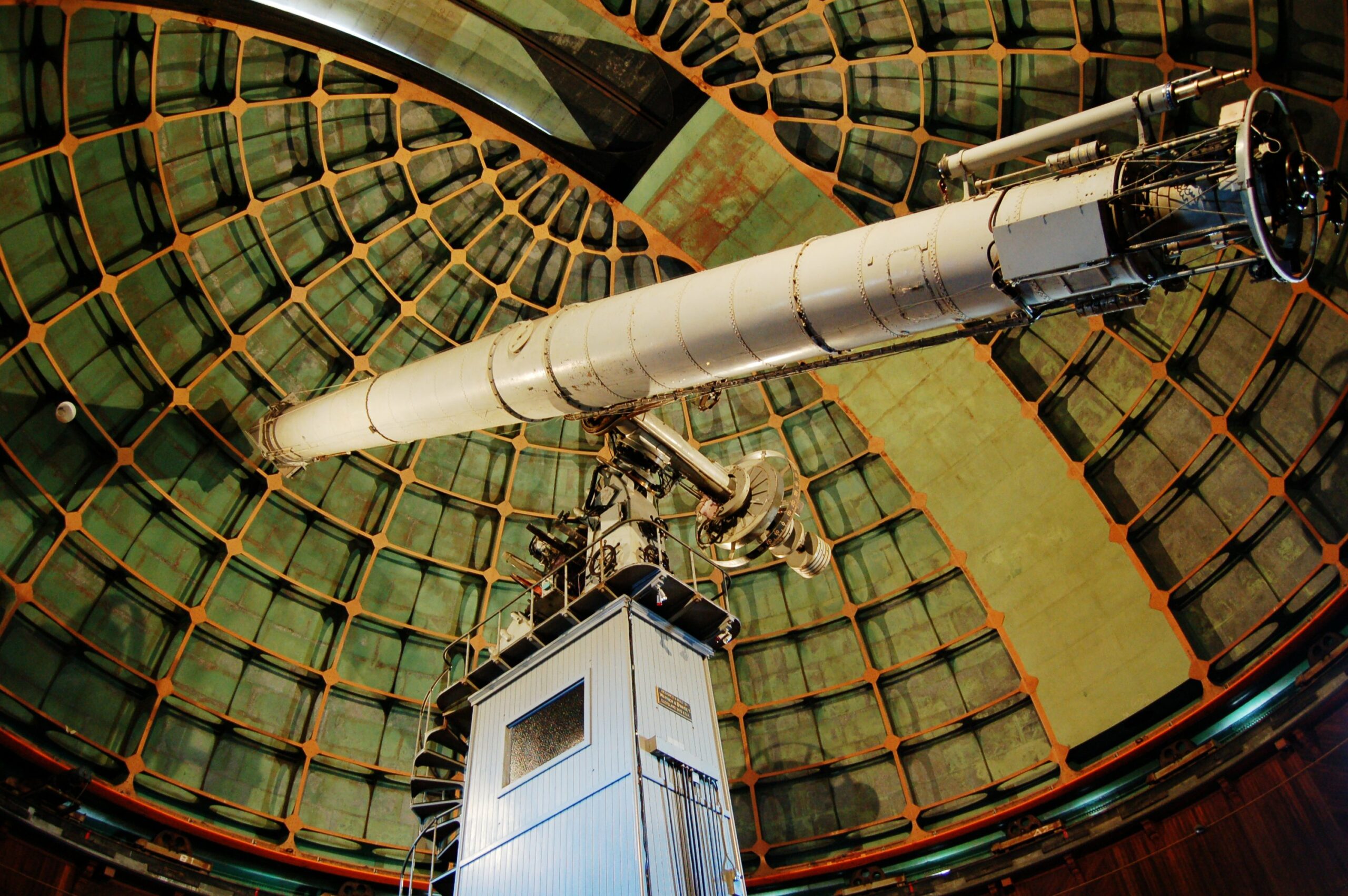Closer to home, Lick Observatory images the stars and tests innovative technology from Mount Hamilton.
The observatory, owned and operated by the University of California, makes deep space research accessible to students, professors and enthusiasts.
“Ground-based observatories do science that’s very complementary to space telescopes,” says staff astronomer Elinor Gates.
While space telescopes like Webb require vying with scientists from around the world for time, ground-based telescopes are more accessible.
“And telescopes on the ground can be built larger than what we can send into space,” Gates says.
With technologies like adaptive optics, ground-based telescopes can capture images comparable in resolution to James Webb Space Telescope.
“The problem is, we are looking through the atmosphere, so some of the colors of light that the James Webb looks at aren’t visible from ground-based telescopes. The Earth’s atmosphere blocks them,” says Gates.
“But we can have all sorts of new tests, new instrumentation on ground-based telescopes that you can’t do with space telescopes.”
Lick Observatory specializes in testing new tech. One robotic telescope’s “sole purpose is to discover supernova explosions.” Another telescope is “dedicated to discovering planets around other stars,” Gates says.
“And these long-term programs are very difficult to do with space telescopes because you need lots and lots of telescope time,” she says.
The observatory also has a new instrument designed to search for short pulses from extraterrestrial intelligence.
“We don’t know what we’ll find, because no one has ever looked for events that transient,” Gates says.
“We’re talking nanosecond timescale. The main thing that they’re looking for is pulsed laser signals that might be coming from intelligent life out elsewhere in the universe.”
The observatory has two of the instruments, called PANOSETI, separated by about a half mile and connected by a fiber optic.
“That’s so they can try and discern the difference between events happening in our own atmosphere or on Earth versus stuff coming from space,” Gates says. “And they’ve just installed their second instrument a couple of weeks ago.”
To learn more about the novel research happening at Lick Observatory and see it firsthand, go to lickobservatory.org.
Photo Credit: Jean-Daniel Pauget, CC BY 2.0



